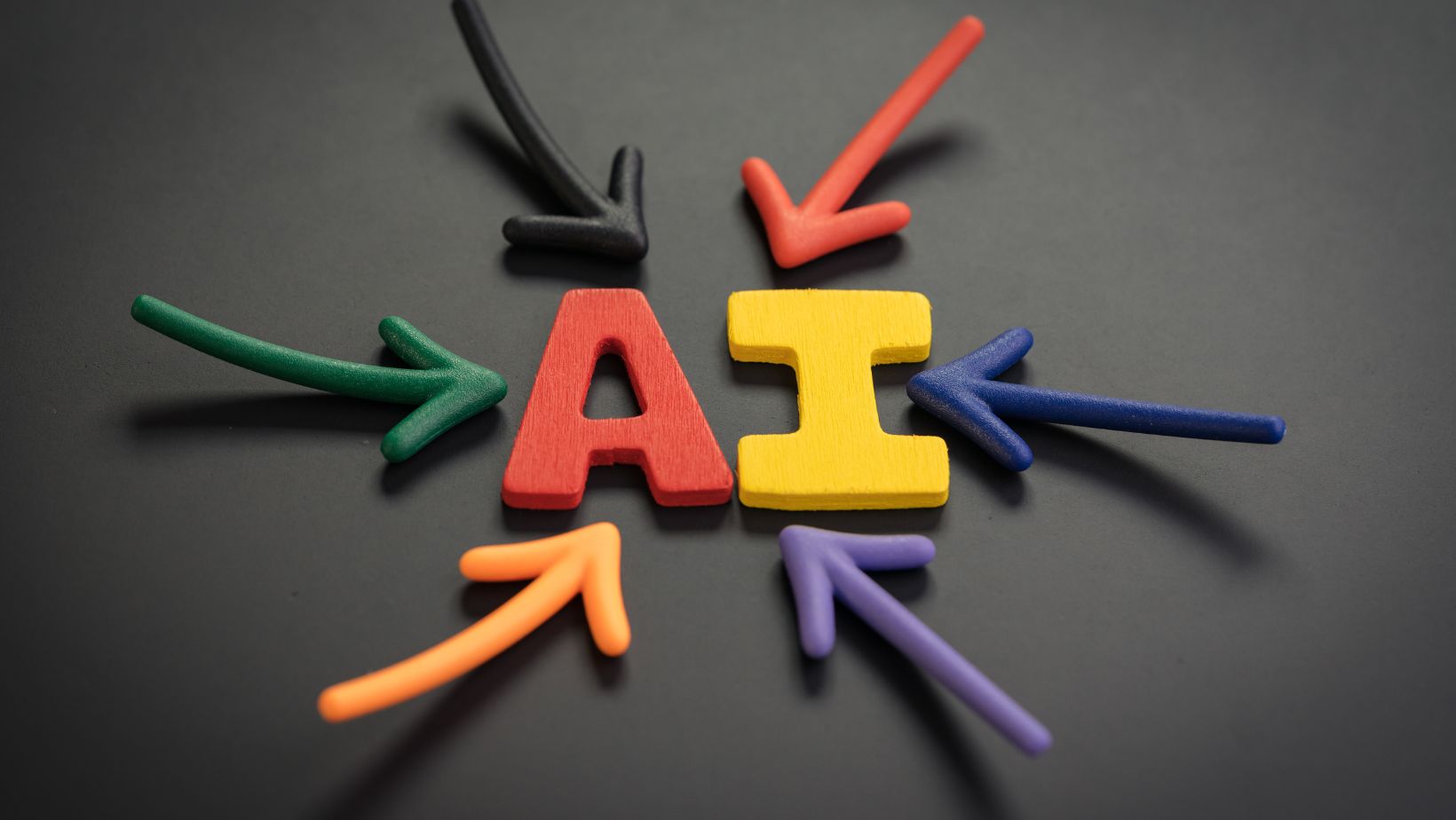Looking to dive into the world of artificial intelligence but not sure where to start? I’ve got you covered. In this article, I’ll be sharing the top AI courses tailored for beginners and intermediate learners. Whether you’re a tech enthusiast looking to upskill or a student exploring new career paths, these courses are designed to equip you with the knowledge and skills needed to thrive in the AI landscape.
From understanding the basics of machine learning to delving into neural networks and deep learning, these courses offer a comprehensive overview of AI concepts. With a focus on practical applications and real-world projects, you’ll not only grasp theoretical foundations but also gain hands-on experience in building AI models. Get ready to embark on a learning journey that will set you on the path to becoming a proficient AI practitioner.
Artificial Intelligence Courses
When diving into the world of artificial intelligence, it’s crucial to grasp the foundational concepts that underpin its applications. AI is all about teaching machines to mimic human cognitive functions such as learning and problem-solving. Here are some key points to keep in mind:
- Machine Learning: It’s a subset of AI that enables machines to learn from data and improve their performance without being explicitly programmed.
- Neural Networks: Inspired by the human brain, neural networks are a fundamental component of deep learning and are used in various AI applications.
- Deep Learning: It’s a subset of machine learning that involves training neural networks with a large amount of data to make predictions or decisions.
In AI courses for beginners and intermediates, these concepts are often covered in detail to provide a solid understanding of how AI systems work. By grasping the basics, one can better appreciate the complex algorithms and models used in artificial intelligence applications.

Exploring Machine Learning Fundamentals
When diving into artificial intelligence, understanding machine learning is key. It’s at the heart of AI development, teaching machines to learn from data and improve over time. In essence, it’s about creating algorithms that can recognize patterns and make decisions without human intervention.
Supervised learning, a common machine learning approach, involves training models on labeled data to predict outcomes. On the other hand, unsupervised learning is about finding patterns in unlabeled data without specific directions. Reinforcement learning, another technique, focuses on decision-making through trial and error, learning from experiences to achieve a goal.
Some essential machine learning algorithms include:
- Linear Regression: For predicting continuous values.
- Decision Trees: Useful for classification and regression tasks.
- K-Nearest Neighbors: Based on similarity to neighboring data points.
Mastering these fundamentals sets a strong foundation for understanding complex AI models and their real-world applications.
Delving into Neural Networks and Deep Learning
When it comes to artificial intelligence, understanding neural networks and deep learning is paramount. These advanced concepts mimic the human brain’s functionality, allowing machines to process complex data and make decisions in a way that resembles human thinking.
Neural networks are composed of layers of interconnected nodes that transmit signals to one another. This structure enables deep learning algorithms to recognize patterns, classify information, and even generate creative outputs. The depth of these networks refers to the number of layers they contain, with deeper networks capable of learning more intricate features.
Training neural networks involves feeding them large amounts of data and adjusting the connections between nodes to minimize errors. As a beginner diving into AI, grasping the basics of deep learning lays a strong foundation for tackling more advanced topics in the field.

Building AI Models with Real-World Projects
When diving into artificial intelligence courses, I find that building AI models with real-world projects brings concepts to life. Practical applications reinforce theoretical knowledge, turning abstract concepts into tangible solutions. Working on projects like developing image recognition systems or creating chatbots not only hones skills but also provides a sense of accomplishment.
Through hands-on experience, beginners and intermediate learners can grasp the nuances of AI model building. Implementing algorithms and techniques in real projects helps in understanding how neural networks and deep learning principles work in solving problems. It’s like taking theory from textbooks and seeing it in action, which is invaluable for solidifying learning.



